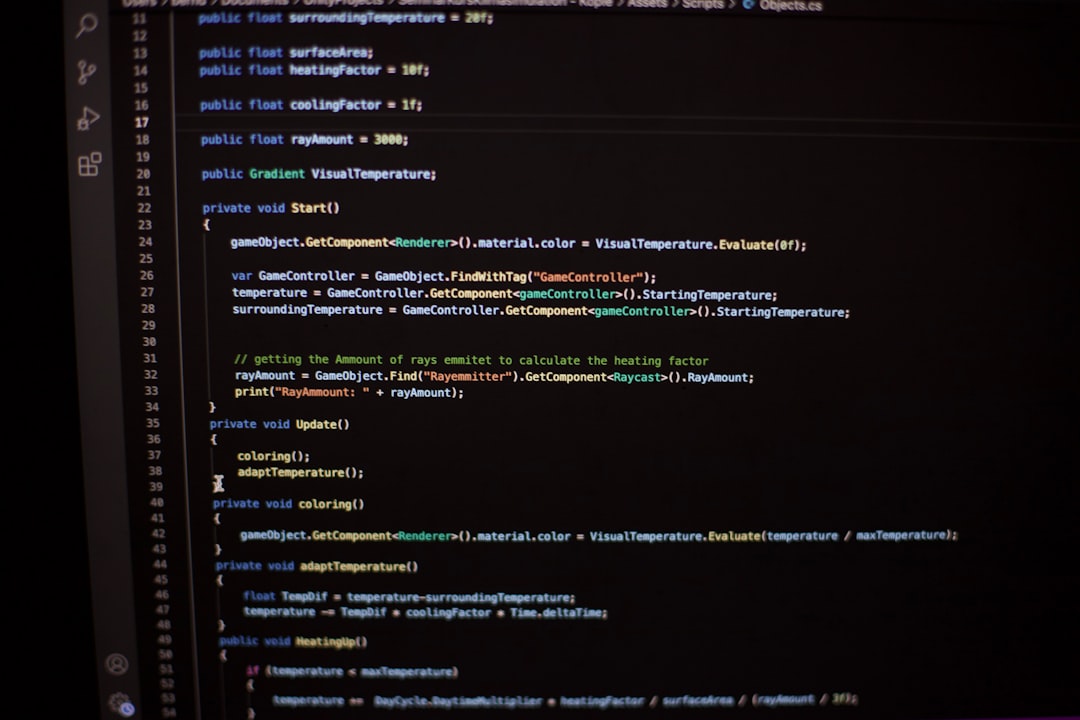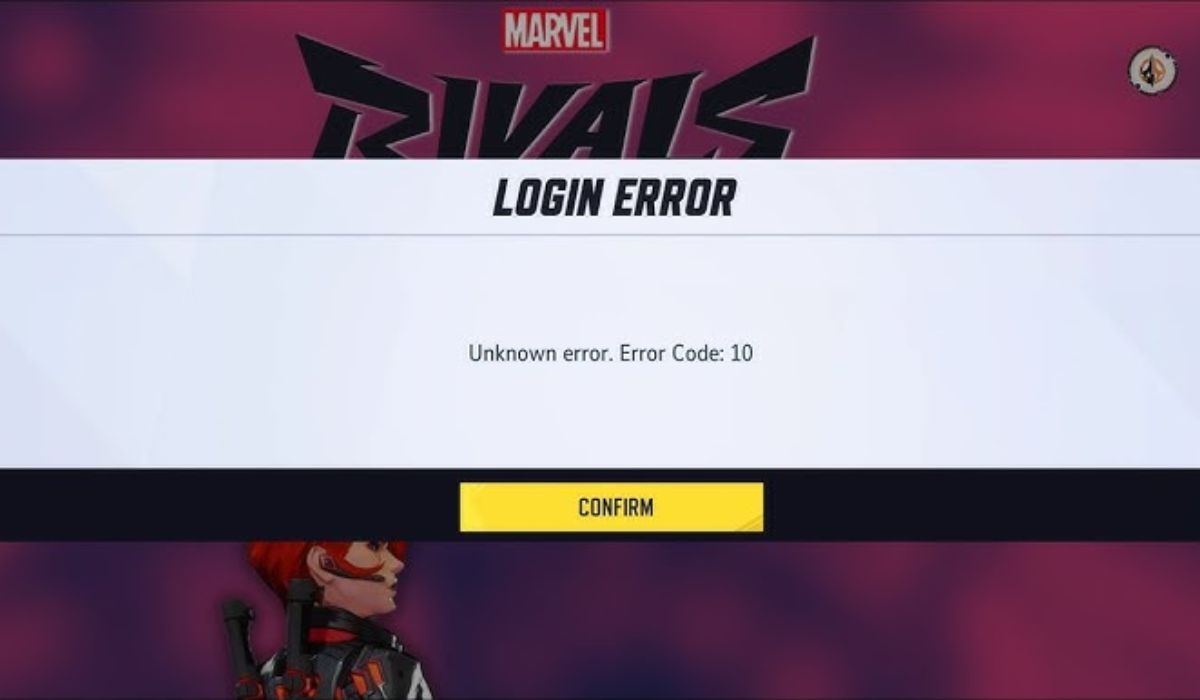Hashcat is one of the most powerful and versatile password recovery tools available today. Designed for both beginners and cybersecurity experts, it allows users to crack password hashes using a variety of techniques. Hashcat is capable of performing both brute-force and dictionary attacks, and it supports hundreds of hashing algorithms. However, what many users don’t realize is that there are different types or modes of Hashcat that cater to different needs and levels of performance.
Understanding the various types of Hashcat helps users make better choices for their specific scenarios, whether they’re recovering passwords, conducting penetration tests, or evaluating system security. This article provides a detailed overview of the main types of Hashcat, how they work, and when to use each.
Types of Hashcat
There are primarily three variants of Hashcat that users should be aware of:
- Hashcat (also known as oclHashcat)
- Hashcat Legacy
- Hashcat Plus (older version)
1. Hashcat (Modern Version)
This is the modern version of Hashcat, commonly referred to simply as hashcat. Unlike its predecessors, it supports both CPU and GPU cracking in a single binary. It’s open-source and works across multiple platforms, including Linux, Windows, and macOS.
It supports a wide variety of hash types such as MD5, SHA1, NTLM, WPA/WPA2, and many more. This version is actively maintained and updated by the community on a regular basis.
Key Features:
- Multi-platform support
- Combines CPU and GPU cracking
- Supports over 300 hashing algorithms
- Highly efficient kernel-based architecture

2. Hashcat Legacy
Hashcat Legacy is the older, CPU-based version of Hashcat. It’s limited in performance compared to the GPU-powered versions, but it can still be useful in specific scenarios, particularly when users don’t have access to high-performance GPU hardware.
This version is no longer actively developed, but it remains available for download. It’s useful for systems with older configurations or where GPU acceleration is not possible due to hardware restrictions.
Key Features:
- CPU-only cracking
- Suitable for older hardware
- No GPU dependency
3. Hashcat Plus
Hashcat Plus was an early variant of Hashcat that focused primarily on GPU acceleration for greater speed and capability. It was discontinued after being absorbed into what is now the modern Hashcat. Although no longer maintained, some users still refer to its architecture and approach when comparing hash cracking methodologies.
This version was popular due to its speed and compatibility with various GPU devices, making it a favorite among penetration testers and advanced users.

Key Features:
- GPU optimized performance
- High-speed hashing and recovery
- Focused on performance over versatility
How to Choose the Right Hashcat Version
Selecting the right Hashcat version depends on several factors, including the user’s hardware resources and the complexity of the hash being cracked. For most professional uses today, the modern unified version of Hashcat is the best choice due to its actively maintained codebase, superior speed, and broad compatibility.
FAQ
- Q: Is Hashcat free to use?
A: Yes, Hashcat is an open-source project and is free for both personal and professional use. - Q: What hardware is best for using Hashcat?
A: Hashcat performs best on systems with dedicated GPUs, especially from Nvidia or AMD, for high-speed password cracking. - Q: Can Hashcat crack all types of hashes?
A: While Hashcat supports over 300 types of hashing algorithms, it cannot crack hashes that are salted beyond reach, heavily iterated, or encrypted with unknown keys. - Q: Does Hashcat work on Windows?
A: Yes, modern versions of Hashcat are compatible with Windows, Linux, and macOS. - Q: Are there any legal concerns when using Hashcat?
A: Hashcat should only be used on systems and data for which you have explicit authorization. Unauthorized use can be considered illegal and unethical.
Understanding the different types of Hashcat allows users to choose the version that best fits their specific technical environment and cracking requirements. Whether using it for password recovery, ethical hacking, or research, selecting the right tool can make all the difference in efficiency and success.
